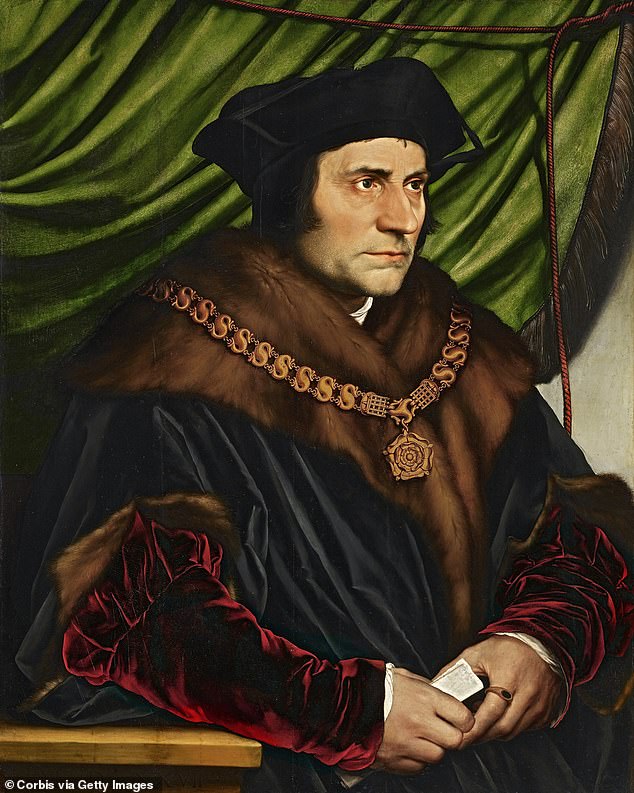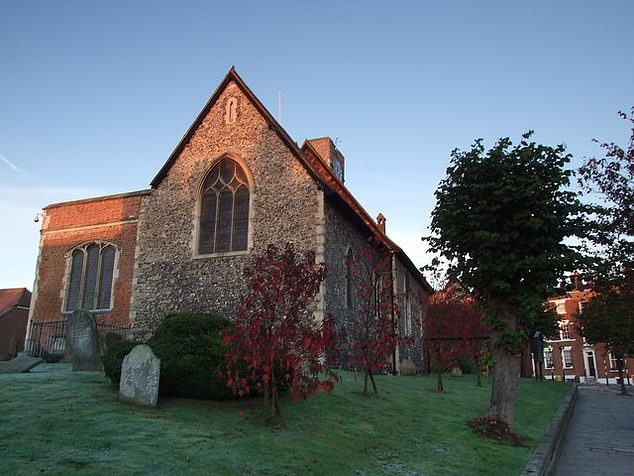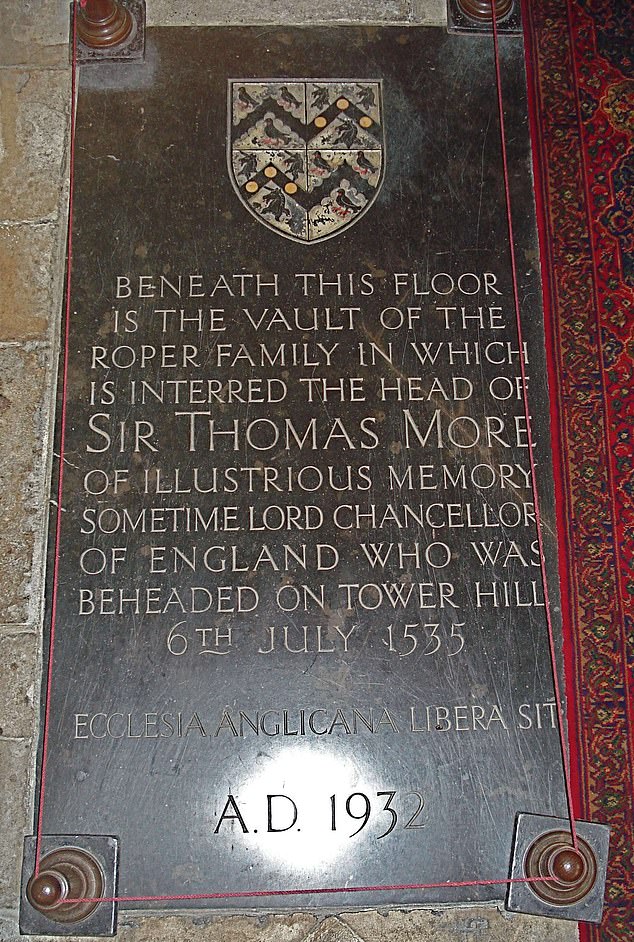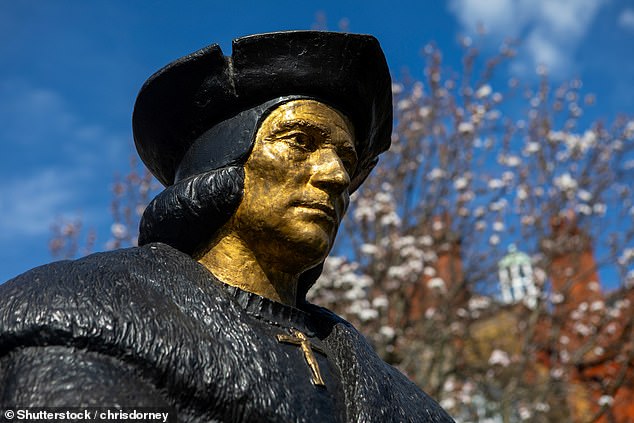Sir Thomas More’s head could be exhumed 500 years after it was parboiled and put on a spike on London Bridge.
St Dunstan’s, an Anglican church in Canterbury, Kent, where the remains of Henry VIII’s lord chancellor lie, has launched a bid to have them unearthed and placed in a shrine.
More was beheaded at Tower Hill in 1535 after he refused to acknowledge the monarch as head of the church following Henry’s break from Rome.
His body was buried in the Chapel of St Peter ad Vincula at the Tower of London, but his head was taken from the scaffold and put on a spike on London Bridge.
Amid fears More’s head would be thrown in the Thames, his daughter Margaret Roper rescued it and reportedly kept it in spices for the rest of her life.
It was then buried with her and transferred to the Roper family grave at St Dunstan’s in 1578, where it has been kept in a vault behind metal bars ever since.
More was declared a martyr by the Vatican in 1935 – meaning his remains are now considered a holy relic in the Catholic Church.
According to The Times, St Dunstan’s is seeking to exhume More’s remains in time for the 500th anniversary of his death in 2035.

Sir Thomas More’s head could be exhumed 500 years after it was put on a spike on London Bridge

St Dunstan’s, an Anglican church in Canterbury, Kent, where the remains of Henry VIII’s lord chancellor lie, has launched a bid to have them unearthed and placed in a shrine
However, the church will need to get permission from the commissary court in Canterbury before any work can go ahead.
It is understood that the congregants at St Dunstan’s church were told about the plans last Sunday.
A statement read: ‘What the [parochial church council] PCC has agreed, subject to all the right permissions being granted, is to exhume and conserve what remains of the relic, which will take several years to dry out and stabilise.
‘We could just put it back in the vault, maybe in a reliquary of some kind, or we could place the reliquary in some sort of shrine or carved stone pillar above ground in the Roper chapel, which is what many of our visitors have requested. We’d really appreciate your ideas and thoughts.’
Thomas More was a lawyer, philosopher and statesman who served as Lord Chancellor to Henry VIII.
He is best known for his opposition to Henry VIII’s break from the Catholic Church.
More refused to recognise the king as head of the Church of England, leading to his execution for treason. He was canonised as a saint in 1935.

More’s head was transferred to the Roper family grave at St Dunstan’s in 1578, where it has been kept in a vault behind metal bars ever since

Pictured: A statue of Sir Thomas More at a church in Chelsea, London
Historically, More was both devout and intellectual, known for his wit and integrity.
However, he actively persecuted Protestants, defending the execution of heretics in The Confutation Of Tyndale’s Answer: ‘And for heretics, as they be… the clergy doth denounce them. And as they be well worthy, the temporalty doth burn them.’
Yet More’s kindness in his private life was also noted by his contemporaries.
Erasmus, a close friend, described More as gentle and loving, and said his refusal to take the oath was a principled stand.











